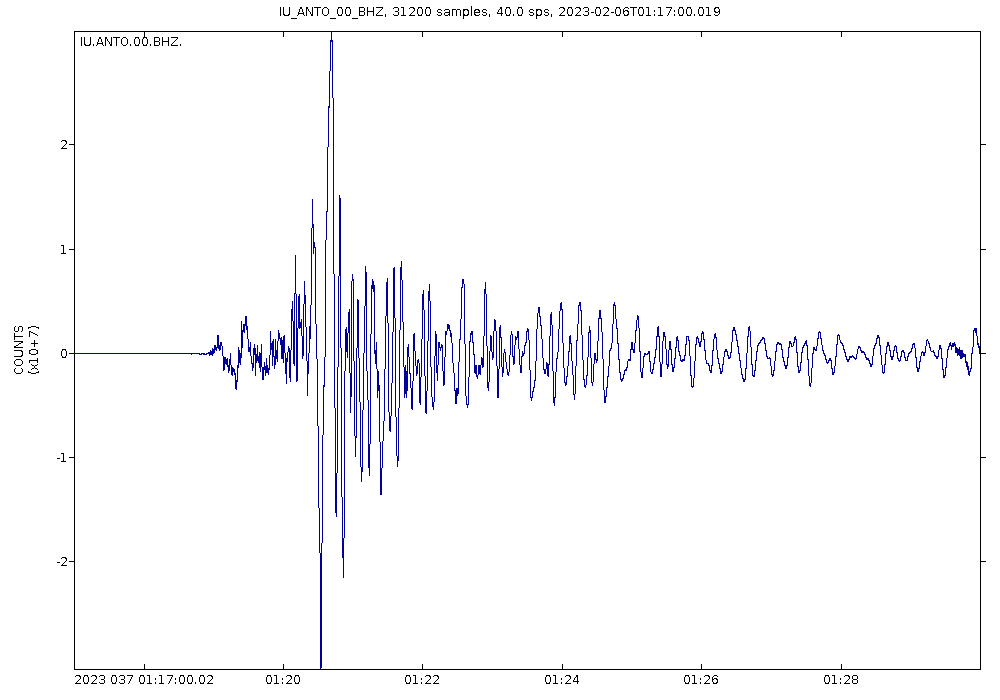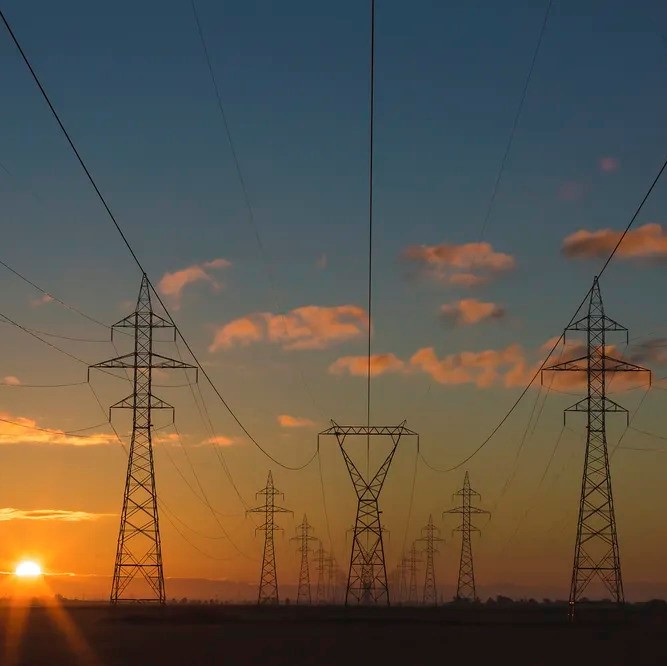In the early hours of Tuesday, a powerful earthquake struck off the southern coast of New Zealand’s South Island, sending tremors across the region and rattling nerves. The quake, initially reported at a magnitude of 7.0, was later revised by the United States Geological Survey (USGS) to a magnitude of 6.7. Some local publications, however, reported the quake as 6.8 in magnitude, highlighting the slight variances that often arise in initial earthquake readings.
According to GeoNet, New Zealand’s official seismic monitoring agency, the earthquake hit at a shallow depth of approximately 33 kilometers and was centered about 160 kilometers northwest of the Snares Islands, one of New Zealand’s remote sub-Antarctic islands. The Snares, known for their rich biodiversity, were shaken by the tremor, though initial reports suggest no damage to the islands’ fragile ecosystems.
Widespread Tremors Felt Across the Region
More than 4,700 people reported feeling the earthquake, according to GeoNet’s felt reports, which quickly flooded in after the quake. Residents from the Southland and Fiordland regions were particularly impacted, with many sharing their experiences on social media.
Local news outlets shared accounts of people waking up in the middle of the night to the violent shaking. Fortunately, despite the strength of the quake, there have been no immediate reports of injuries or significant structural damage. Emergency services and local authorities quickly sprang into action, inspecting critical infrastructure and ensuring the safety of residents in the most affected regions.
Tsunami Risk Evaluated
Following the quake, New Zealand’s National Emergency Management Agency (NEMA) closely monitored the situation for potential tsunami threats.
However, the agency issued a precautionary advisory for people in the Southland and Fiordland coastal regions, urging them to stay away from beaches, harbors, and marine areas due to the possibility of strong and unusual currents. “Even without a major tsunami, localized currents and surges can be dangerous for swimmers, fishers, and boaters,” a NEMA spokesperson said.
Australia’s Bureau of Meteorology also reviewed the situation and reassured the public that there was no tsunami threat to mainland Australia, its islands, or surrounding territories.
New Zealand’s geographical location makes it particularly prone to seismic activity. The country lies along the Pacific “Ring of Fire”—a 40,000-kilometer horseshoe-shaped belt of intense geological activity, including earthquakes and volcanic eruptions. This seismic zone stretches around the Pacific Ocean, affecting countries like Japan, Indonesia, the Philippines, Chile, and the United States’ west coast.
The Ring of Fire is responsible for about 90% of the world’s earthquakes, and New Zealand frequently experiences quakes, some of which have been devastating. Memories are still fresh of the 2011 Christchurch earthquake, which claimed 185 lives and caused widespread destruction.
While Tuesday’s quake was strong, New Zealand’s strict building codes and earthquake-resistant infrastructure helped minimize damage. Nonetheless, each quake serves as a stark reminder of the ever-present risks faced by the country’s residents.
Local Reactions and Response
Despite the scare, Kiwis demonstrated their characteristic resilience. Social media platforms buzzed with reactions ranging from nervous jokes to expressions of relief that the quake hadn’t caused serious harm.
Others took the opportunity to remind fellow New Zealanders of the importance of being prepared for such events, sharing emergency kit checklists and evacuation plans online.
Civil defense teams conducted safety assessments, ensuring that roads, bridges, and public buildings were structurally sound. Early morning flights and ferry services operated with caution, but by midday, most services resumed normal operations.
No Immediate Damage, But A Wake-Up Call
So far, no major structural damage has been reported. However, authorities continue to monitor aftershocks, which are common after significant earthquakes. Residents have been advised to remain vigilant and check their homes for any signs of damage.
Seismologists also warned that the quake is a reminder that the region remains seismically active. Experts recommend that all households regularly review their earthquake preparedness plans, keep emergency supplies handy, and know evacuation routes. Earthquakes often strike without warning, and being ready can make all the difference.
The Bigger Picture – Why Preparedness Matters
New Zealand has long been admired for its robust disaster response and community preparedness. The country’s location, while offering stunning landscapes and natural beauty, comes with constant exposure to seismic threats. Over the years, New Zealand has invested heavily in earthquake-resilient infrastructure, early warning systems, and community education campaigns.
However, experts emphasize that nature is unpredictable. While technology and preparation mitigate risks, the best defense against the potential devastation of future earthquakes is individual and community readiness.
As the nation takes stock of this latest event, it also serves as a reminder to other countries situated on the Ring of Fire. Earthquakes are inevitable, but their impact can be lessened with planning, preparation, and awareness.




